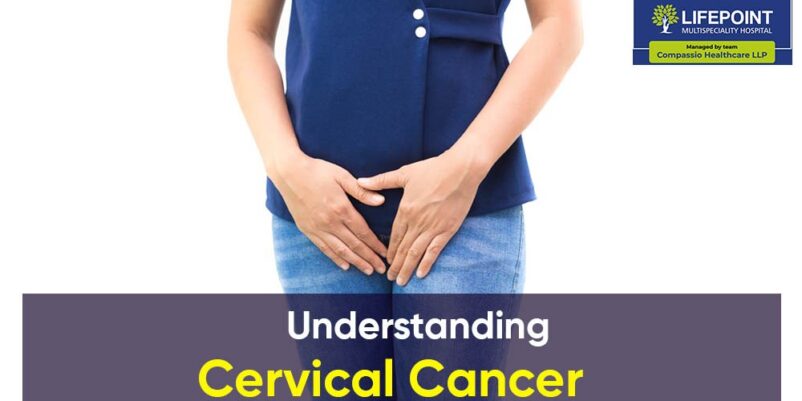What exactly is Cervical Cancer?
The lower portion of the uterus that attaches to the vagina, or the cervix, is where the cells of cervical cancer develop.
The majority of cervical cancers are brought on by different strains of the sexually transmitted infection known as the human papillomavirus (HPV).
The body’s immune system normally stops the virus from causing harm when exposed to HPV. However, in a small number of people, the virus endures for years and aids in the process by which some cervical cells develop into cancer cells.
By getting screening tests and an anti-HPV vaccine, you can lower your risk of developing cervical cancer.
Symptoms of Cervical Cancer
Early-stage cervical cancer typically has no symptoms or indicators.
More severe cervical cancer symptoms and signs include:
- Vaginal bleeding following menstruation, in between periods, or following menopause.
- Vaginal discharge that is watery, red, and maybe heavy and odorous
- Pain in the pelvis or during sexual activity
Types of Cervical Cancer
The most prevalent forms of cervical cancer are:
carcinoma of the squamous cell. The thin, flat cells (squamous cells) lining the outer portion of the cervix that extends into the vagina are where this particular type of cervical cancer develops. Squamous cell carcinomas make up the majority of cervical malignancies.
Adenocarcinoma. The column-shaped glandular cells that line the cervical canal are where this kind of cervical cancer develops.
Both types of cells can occasionally play a role in cervical cancer. Cancer very seldom develops in the cervix’s other cells.
Prevention
To lessen your chance of developing cervical cancer:
Consult your doctor on the HPV vaccine.
Getting vaccinated against HPV may lower your risk of developing cervical cancer and other malignancies linked to HPV.
Consult your doctor to determine if you should receive the HPV vaccine.
have Pap exams every year.
Pap tests can identify cervix precancerous abnormalities, allowing for their monitoring or treatment to stop cervical cancer.
The majority of medical organisations advise starting routine Pap tests at age 21 and having them repeated every few years.
Sex should be safe. By taking steps to avoid STDs, such as using a condom each time you have sex and reducing the number of partners you have, you can lower your risk of developing cervical cancer.
Avoid smoking.

